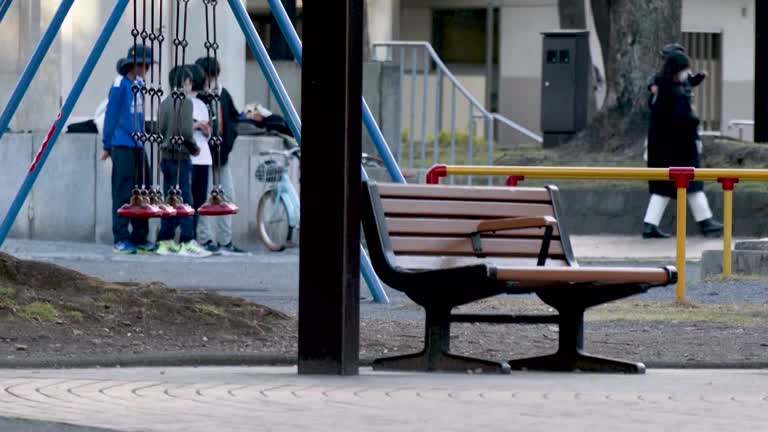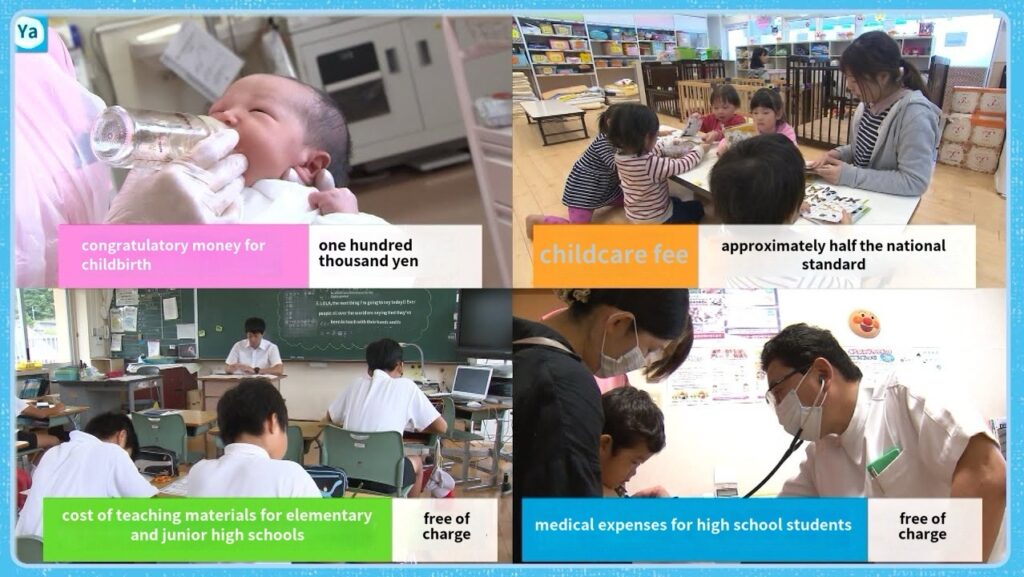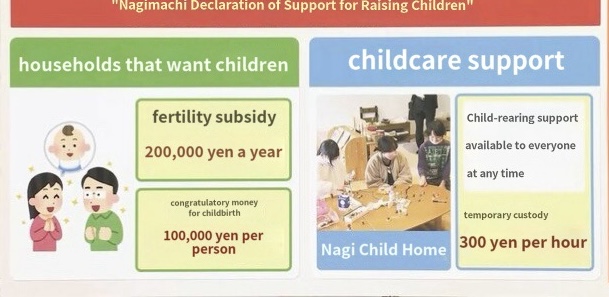
Last year, the number of babies born was 75,8631, the lowest ever, and the number of deaths exceeded the number of births, resulting in a natural decline of 830,000 that year. If this trend continues, the number of births per year will be less than 700,000 and deaths will be more than 1.6 million in two to three years, and the annual natural decline in population will be close to 1 million. Japan, the world’s 12th largest population with a population of 122 million, aims to “protect 80 million people by 2100.” This is a feasible goal only when the total fertility rate is raised to 2.07 by 2060.

In December last year, the Japanese government released a “children’s future strategy policy” that added an additional 3.5 trillion yen a year. Japanese Prime Minister Fumio Kishida said, “We need to reverse the trend of low birth rates until we enter 2030, when the young population plunges, and this is our last chance.” Japanese media reported, “The Japanese government’s position is to use all possible means.” The Japanese government pays all children, regardless of their parents’ income, a child allowance of 10,000 to 30,000 yen per month until they graduate from high school. Families with three children receive a child allowance of 11 million yen (about $850,000). The government also provides 700,000 discount coupons for babysitters every year to help raise children.

The government suddenly subsidizes part of the costs to families who use babysitters. It also introduced a system that allows children from six months to under three years old to be entrusted to the nursery on an hourly basis at any time. The cost is 300 yen per hour, which is relatively low. Starting next year, the government is also pushing to exempt all children from tuition fees at four-year colleges, colleges and high schools for households with three or more children. Currently, only low-income households with annual income of 3.8 million yen or less are eligible for the subsidy, but the government is planning to expand the number of households that benefit from the subsidy by removing income conditions. The government also plans to implement a support plan that would provide parents who are on paternity leave with full compensation for their monthly salary they received before taking a leave.
SOPHIA KIM
US ASIA JOURNAL



